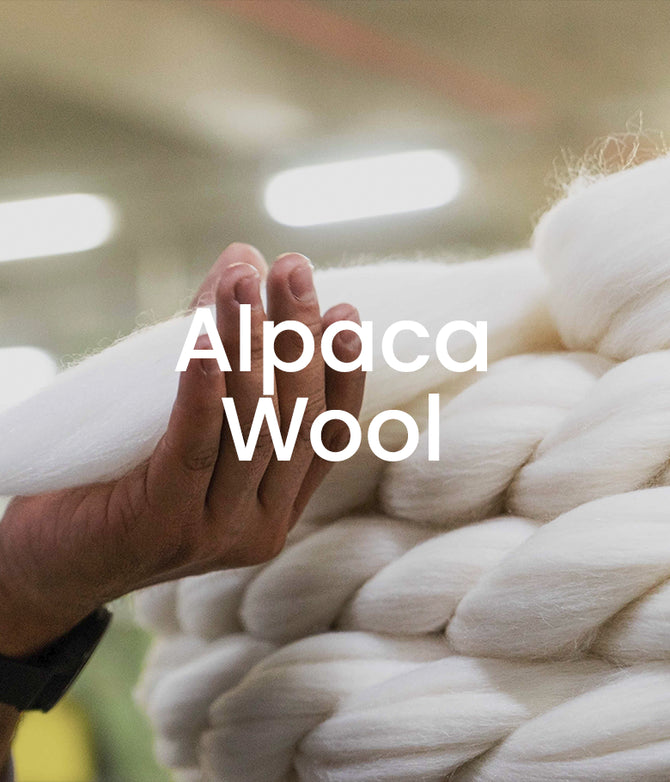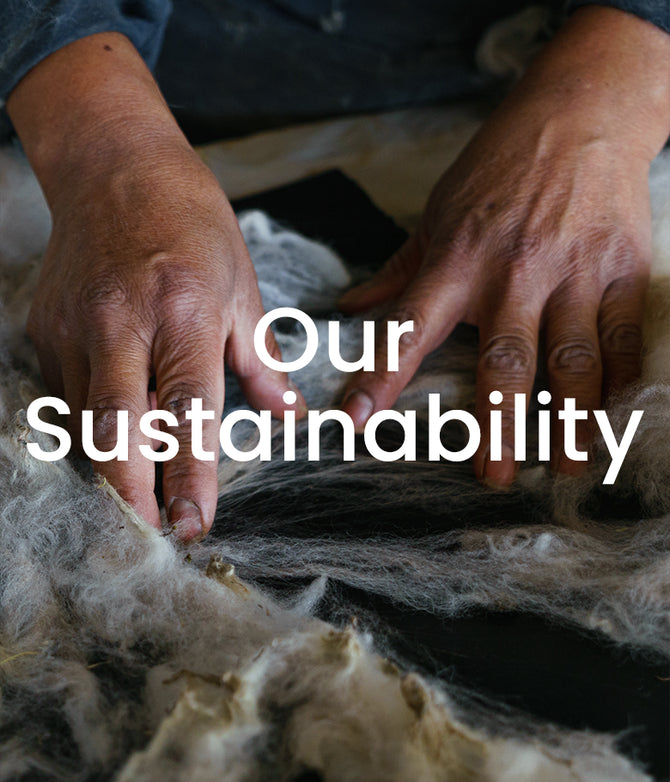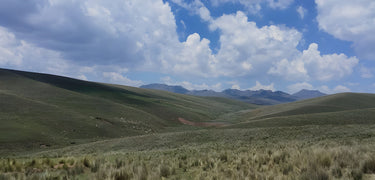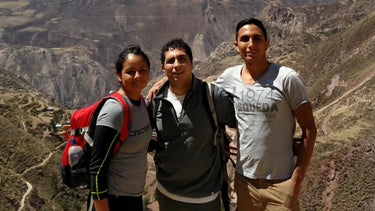It is said that the study of history helps us to better understand the world in which we live, so we delved into the long past of the alpaca, to see what we could find out.

45-40 MILLION YEARS AGO
Origin of the Species
Alpacas are a domesticated member of the Camelidae family, which first appeared in North America 45-40 million years ago. Over millions of years, two camelid tribes emerged from the Protylopus,(the modern camelid's common ancestor): the Camelini and Lamini. Members of the Camelini tribe headed east, to Asia and Africa, while the Lamini family moved south, towards South America.

5-2 MILLION YEARS AGO
The Alpaca's Closest Cousin
The Lamini genus Hemiauchenia, migrated to South America about 2-5 million years ago, splitting into Palaeolama and Lama tribes. The Lama tribe then split into a further two groups: Vicuña and Guanaco. Both still live in the Andes today, the former mostly in Bolivia, Peru and Northern Chile, the latter in Chilean and Argentine Patagonia. The vicuña is prized for its incredibly fine, luxurious fiber, but the species didn't react well to domestication, so now vicuña roam wild and are a protected species in some places.

5,000 to 500 YEARS AGO
Domestication and the Inca Empire
Evidence shows that the alpaca was domesticated from the wild vicuña and indicates that they have been bred for over 5,000 years. Smaller than the llama, which was domesticated for use as a cargo animal, the alpaca was bred for its soft, luxurious fiber. During the time of the Inca, alpaca wool was used to make clothing for royalty and was known as "The Fiber of the Gods".

500 YEARS AGO
The Spanish Conquest
The story of the alpaca took a turbulent turn when Spanish forces invaded Inca territories in 1532, starting the decimation of the Inca Empire. The invaders grossly underestimated the value of alpaca fiber, so they used alpaca for meat and replaced them with sheep and cattle. The alpaca might have vanished from history completely, were it not for those who managed to retreat into the mountains with their animals, keeping the alpaca gene pool alive.

19TH-20TH CENTURY
The Revival of Alpaca
A few centuries later, alpaca fiber starting gaining prominence again, this time in England. Historians note that alpaca wool was taken there in the early 1800s, but it was condemned as an unworkable material. It was not until 1836 that a man called Titus Salt revealed the true qualities of alpaca wool. After months of experimentation, he was able to work it into a soft, lustrous cloth and presented a gown made from alpaca wool to Queen Victoria, drastically increasing demand for and interest in this special fiber.
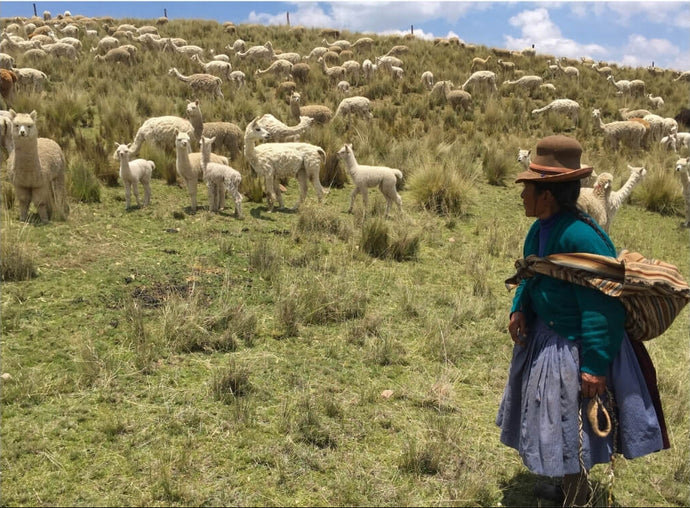
THE 21ST CENTURY
Alpaca Today
These days, alpaca can be found around the world, but thrive in their natural habitat: the Peruvian Andes. Alpaca are usually raised in small herds, by individual families, in remote, mountainous terrain. Highland communities still have traditional lifestyles, so their farming methods are based on ancestral knowledge and are generally more sustainable than most modern farming practices. Over the centuries, the gene pool of the alpaca has become less pure, especially due to mixing with llamas, but more projects are focused on improving the purity of alpaca types and colors, especially black, that had verged on extinction.
Arms of Andes wants to learn from the long history of the alpaca and Peruvian civilizations, drawing on traditional knowledge to exist in harmony with our environment, even in this modern world. We seek to return to the natural and explore more sustainable ways of living, manufacturing, and discovering the world around us.









